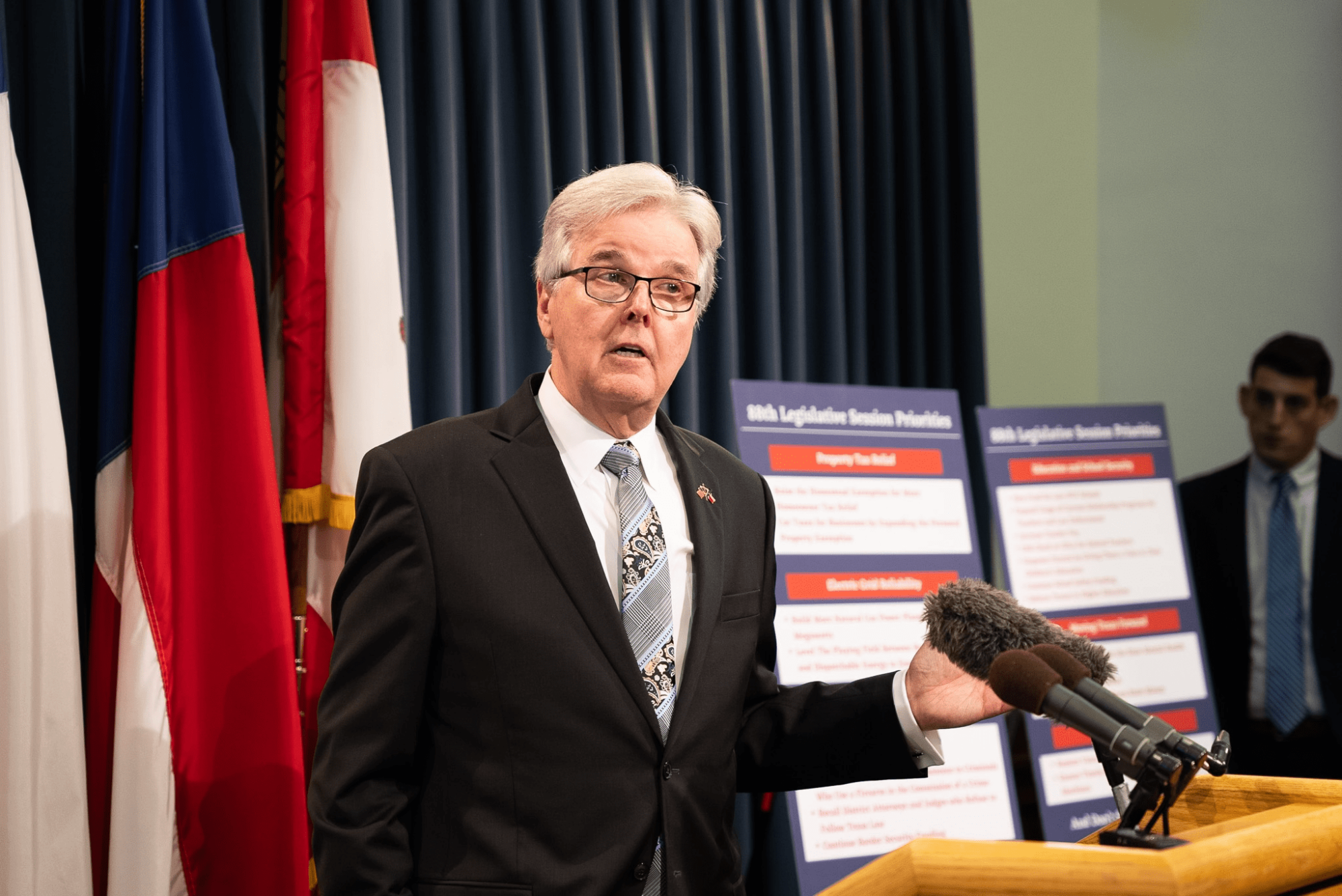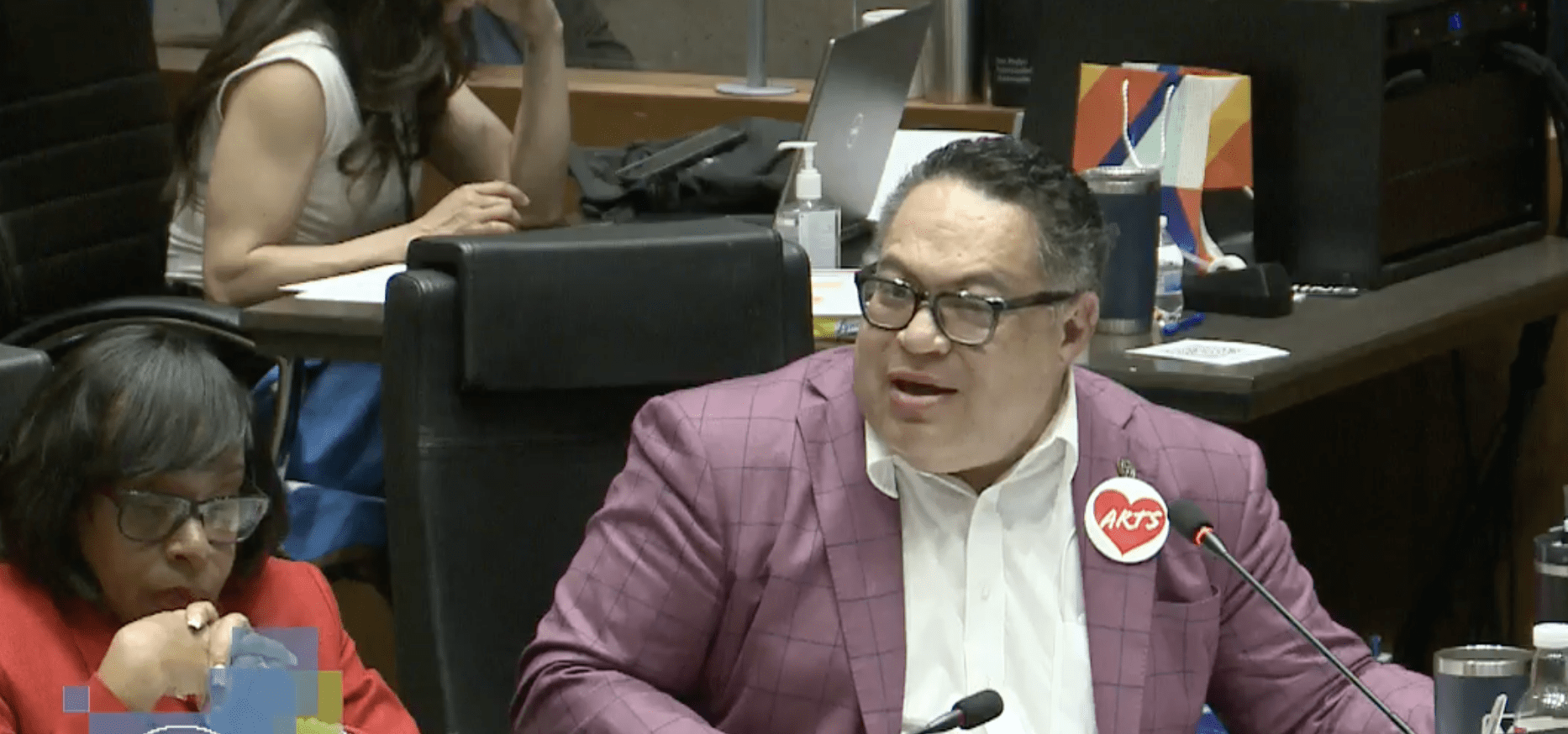Everybody is in agreement: the Texas school finance system is broken and in need of a major overhaul. Spending on the Foundation School Program has grown by 268% since 1987 and spending per pupil has grown by 141% since 1987, and in the same period, student enrollment growth has only increased by 53%. Despite this, the state is still in the position of defending itself from lawsuits filed by school districts looking for nothing but more money. Only one of the suits filed addresses the core problem: efficiency.
The latest school finance lawsuit, filed by Texans for Real Efficiency and Equity in Education, highlights the inefficient system of public education in Texas. Spending has increased at a rate of 5 times the rate of growth of enrollment and spending per pupil has increased at a rate of 2.6 times the rate of growth of enrollment. Just from these numbers alone, the state is dedicating plenty of funds to public education, but the money does not end up in the classroom.
School districts lobby endlessly for additional funding from the legislature and one of the reasons they list is regulations on schools passed down by the legislature. School districts must hold an election to raise a property tax rate through a tax ratification election or bond election. Districts continuously fight for ways to raise local taxes and receive additional state funding, and to go around taxpayers to do it. Costly regulations, curriculum requirements, and testing requirements are commonly cited by school districts as the need for funding and higher taxes.
However, school districts already have the ability to self-govern themselves free from the majority of most state regulations. The Texas Education Code allows for districts to develop a charter to become home-rule districts, freeing themselves of many of the regulations upon school districts and giving teachers flexibility within the classroom to meet the education needs of their students.
The one catch to a district declaring themselves a home-rule district is the election requirement. As difficult as it is for a school district to raise taxes, it is much more difficult for a district to relieve regulations and provide teachers classroom flexibility. An election for a district to adopt a home-rule charter can only be approved in an election in which 25% of the registered voters within the school district cast a ballot. This limits the approval of a charter to basically a November election in a Presidential election year. The cost and effort of developing the charter could be lost if the election in which the charter is on the ballot has a 24.9% voter turnout, so districts choose not to attempt self-governance.
The real question to ask here is why is it harder for districts to become independent and limit their own regulations than it is to raise taxes? State law has created an economic incentive for districts to demand more state money and raise taxes instead of creating an efficient public education system through limiting regulations and promoting true local responsibility. If only all of those school district lobbyists would fight for easier access to self-governance through home-rule charter districts instead of higher taxes, the costly lawsuits may have been avoided.



